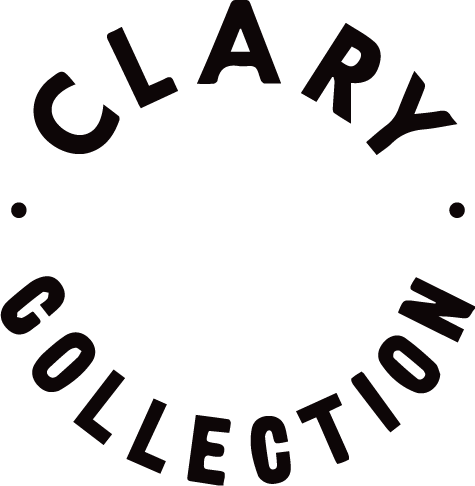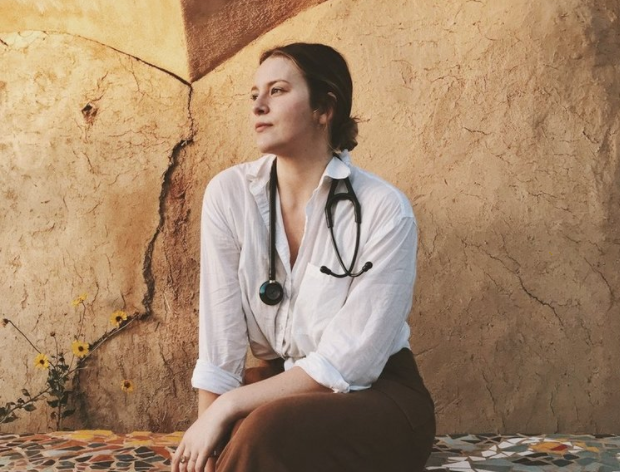Introduction: Plantago major, a member of the Plantaginaceae family, may often be dismissed as a common weed, yet its remarkable healing properties have earned it a revered place in traditional herbalism. From soothing skin irritations to offering relief from colds and flu, Plantain is a versatile botanical ally that thrives in disturbed landscapes, embracing the chaos of backyard gardens and sidewalks with ease.
Unveiling Plantain's Healing Potential: Derived from the root of the comfrey plant, Allantoin is a key compound found in Plantain that boasts non-irritating properties, making it a gentle yet effective ingredient for soothing and protecting the skin. With its ability to enhance collagen production, Plantain emerges as an invaluable asset in maintaining optimal skin health.
Backyard Healing Traditions: Plantain's presence in folklore and traditional herbalism is a testament to its enduring legacy. According to Western folklore, the leaves of Plantain were chewed and applied to the skin to draw out splinters and other irritants, showcasing its age-old reputation as a natural remedy for everyday nuisances.
Exploring Plantain's Versatility: From medicinal herbal teas to DIY bath bags, Plantain lends itself to a myriad of applications in natural wellness and skincare. Whether steeped as a tea for colds and flu or incorporated into soothing bath rituals, Plantain's therapeutic benefits extend far beyond its humble origins.
Harnessing the Power of Plantain: Incorporate Plantain into your daily routine to experience its transformative effects on both skin and overall well-being. From soothing skin conditions to promoting internal healing, Plantain's multifaceted properties make it a must-have botanical ally for anyone seeking natural remedies rooted in tradition.
Suggested Uses:
-
Topical Applications: Apply crushed Plantain leaves directly to wounds, stings, and sores to facilitate healing and prevent infection. You can also create a poultice by mashing the leaves and applying them to the affected area.
-
Culinary Uses: Young, tender Plantain leaves can be eaten raw in salads, while older leaves can be boiled and added to stews for a nutritious boost.





